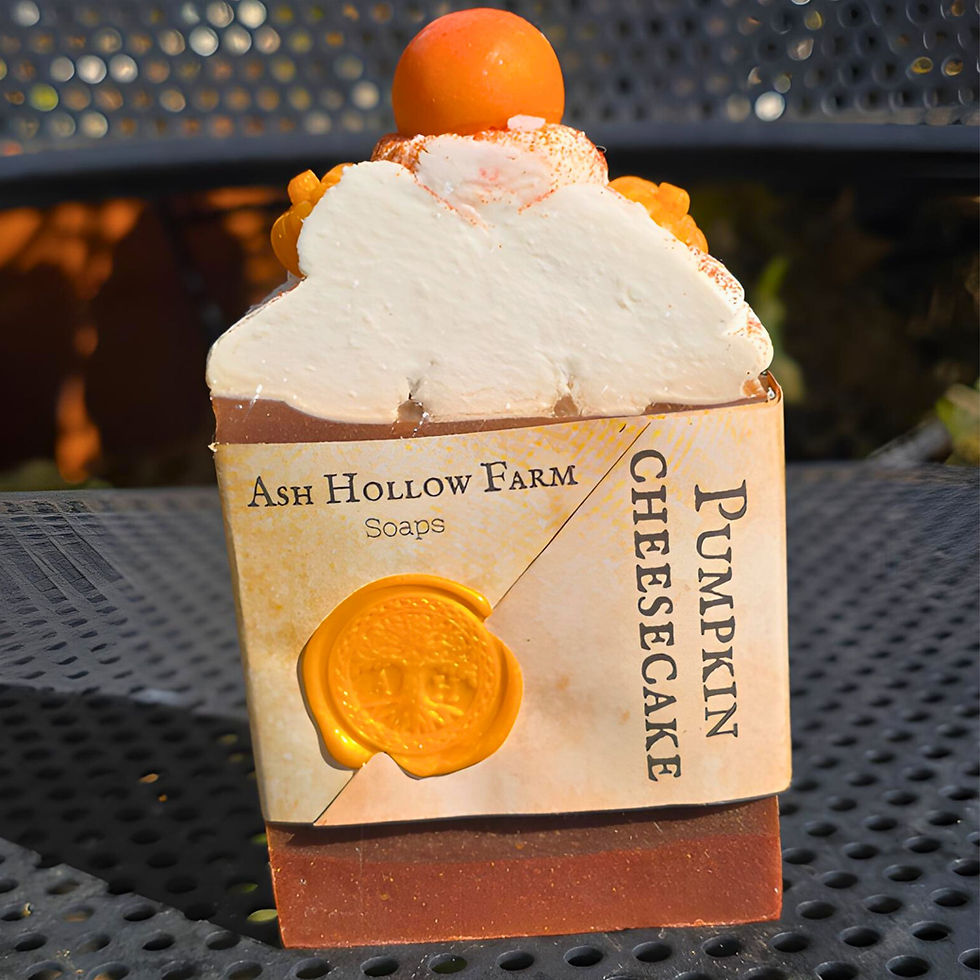Oakleaf Lettuce seeds
One of our favorites! We started growing this a few years back and fell in love! Oakleaf lettuce is a very old heirloom that earned its name as the leaves resemble that of the white oak tree. The leaves are dainty, elegant, and nutritious The tender leaves are not bitter like other lettuces, they are slightly sweet, somewhat nutty, and a little grassy.
This lettuce goes well in mixed green salads, inside wraps, blended in smoothies, and on burgers and sandwiches. Each head is somewhat compact and generous in its production. These can be grown for heads of lettuce, or you can harvest the leaves individually from the bottom of the stalk harvesting upwards leaving foliage at the top so the plant can keep producing. This variety does exceptional in containers.
Seed count: 300
Botanic name:
Lactuva sativa
Plant spacing:
6" - 12" apart
Color:
Light green
Sowing depth:
1/8"
Sun requirements:
Full sun
Utilization:
The shape of the leaves on Oakleaf lettuce makes it an ideal candidate for salads. The protrusions on the leaves help in grasping dressings. In addition, this lettuce is compatible with numerous ingredients making it a good addition to sandwiches, burgers, wraps, and smoothies.
Frost hardy:
Yes
Maturity days:
40-55 days
Life cycle:
Annual
Can I start indoors:
Yes
Container friendly:
Yes
Other names:
Green oak leaf lettuce, Greek lettuce, Roman lettuce
Growing Instructions:
**Growing Lettuce from Seed**
1. **Timing:** Lettuce is a cool-season crop. Start seeds indoors 4-6 weeks before the last expected frost or directly sow them in the garden once the soil temperature reaches at least 40°F.
2. **Containers and Soil:** Use seed starting trays or small pots filled with a seed starting mix. Moisten the mix before planting.
3. **Planting:** Sow seeds thinly on the surface of the soil, covering them lightly with 1/8 inch of soil. Mist the soil gently to avoid dislodging the seeds.
4. **Light and Temperature:** Place the containers in a warm, sunny location with temperatures between 60-70°F. If needed, use a grow light to provide adequate light.
5. **Watering:** Keep the soil consistently moist but not soggy. Misting the soil surface regularly is a good way to maintain moisture without disturbing the seeds.
6. **Germination:** Lettuce seeds typically germinate within 7-10 days.
7. **Thinning:** Once seedlings have a few true leaves, thin them to the strongest plant in each cell or pot.
**Transplanting Lettuce**
1. **Hardening Off:** Before transplanting, gradually acclimate seedlings to outdoor conditions by placing them outside for a few hours each day, gradually increasing the duration over a week.
2. **Spacing:** Transplant seedlings into the garden when they have 4-6 true leaves. Space them according to the variety:
* Leaf lettuce: 6-8 inches apart
* Head lettuce: 10-12 inches apart
3. **Planting Depth:** Plant seedlings at the same depth they were growing in their containers.
4. **Watering:** Water deeply after transplanting to help the seedlings establish.
**Caring for Transplanted Lettuce**
1. **Watering:** Lettuce needs consistent moisture, especially during hot weather. Water deeply and regularly, aiming to keep the soil evenly moist but not waterlogged. Water in the morning to allow excess moisture to evaporate during the day.
2. **Fertilizing:** Lettuce is a light feeder. Fertilize once or twice during the growing season with a balanced liquid fertilizer diluted to half strength.
3. **Weed Control:** Keep the area around your lettuce plants weed-free to reduce competition for nutrients and water.
4. **Pest and Disease Control:** Monitor plants for signs of pests or diseases. Aphids and slugs are common lettuce pests. Neem oil or insecticidal soap can help control aphids. Handpicking slugs or using diatomaceous earth can be effective for slug control.
5. **Harvesting:** Harvest leaf lettuce by snipping outer leaves as needed, allowing the inner leaves to continue growing. Harvest head lettuce when the heads are firm and full-sized but before they bolt (flower).
**Additional Tips**
* Consider succession planting lettuce every 2-3 weeks for a continuous harvest throughout the season.
* Lettuce prefers cool weather. If temperatures rise above 75°F, consider providing shade for your plants to prevent bolting.
* Lettuce grows well in containers. If you have limited garden space, try growing lettuce in pots or raised beds.
Cyber week sale





























